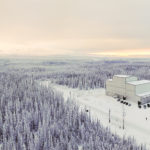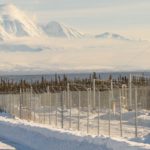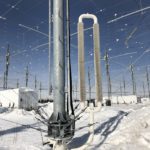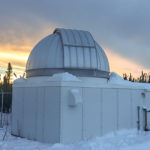Funding shortfalls threaten Alaska ionosphere research center
HAARP, where scientists study the aurora and High North communications, is one of four high-frequency research centers in the world — but it’s struggling to find funding.
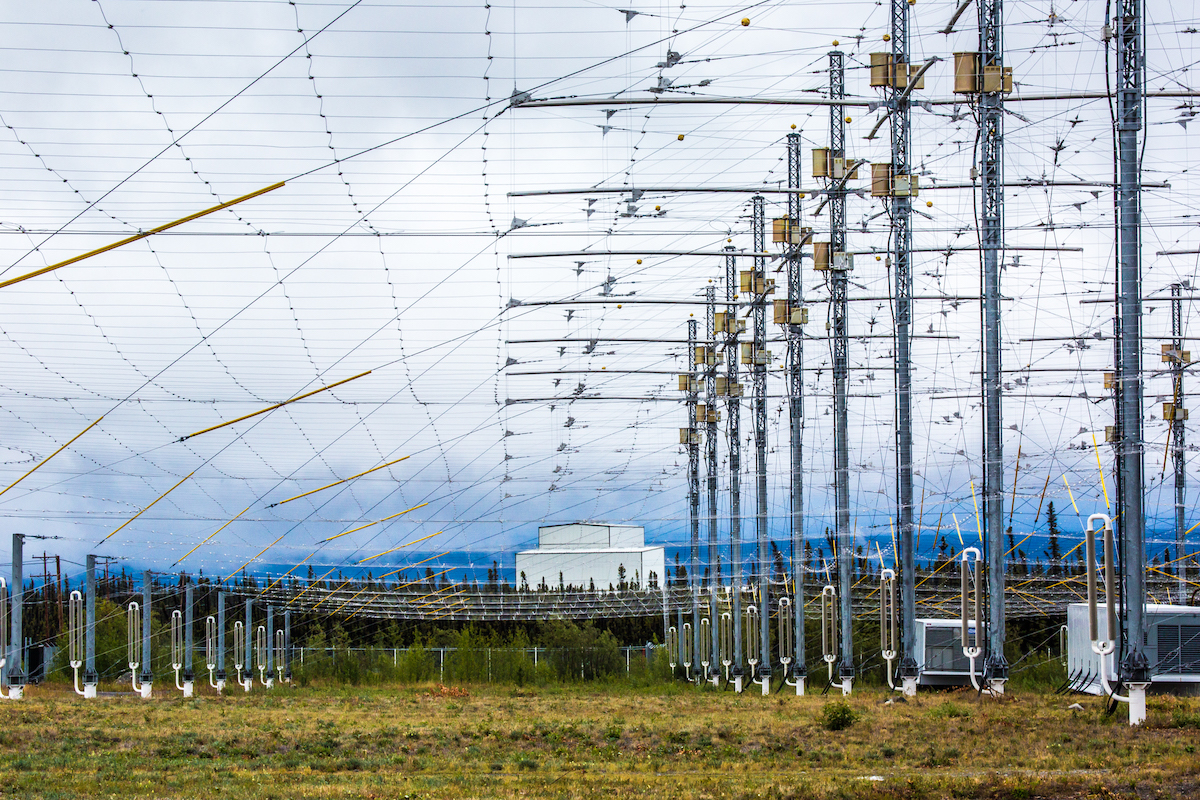
The High-frequency Active Auroral Research Program (HAARP), operated by the University of Alaska Fairbanks, allows scientists to study the ionosphere — from the effects of the aurora on radio systems to aircraft communications in the High North.
But the center, which costs $2 million a year to operate, isn’t making enough money to pay the bills, according to Bob McCoy, director of UAF’s Geophysical Institute. If they don’t figure out a way to increase their revenue, HAARP will soon shut down.
HAARP, built by the U.S. Air Force in 1983, is one of four high-frequency (HF) research centers in the world, and it’s the largest HF radio transmitter on the planet. Ownership of the facility, located in Gakona, Alaska, about four hours south of Fairbanks, was transferred to UAF in 2015.
If the center were to close its doors, it would have a significant effect on HF research in the U.S. and in other countries, McCoy and other scientists say.
When a natural aurora is absent overhead, HF facilities can use radio transmissions to create an artificial one and then study how it develops and decays. When an aurora is present, researchers can to test ways to keep the aurora from affecting radio signals. They are particularly interested in how solar storms and auroras might disrupt communications and GPS navigation.
“It’s really an amazing piece of infrastructure, for research and other means. HF communications and radar applications are of renewed importance because satellite-based systems are becoming increasingly vulnerable to anti-satellite capabilities (of nations not so friendly to us),” said John Farrell, executive director of the U.S. Arctic Research Commission, which called attention to the facility in its recent goals and objectives report.
“I think it’s important that we provide some base level of funding to maintain it, and use it,” he said. He suggested a federal commitment for the next decade; funding could come from the Office of Naval Research and the Air Force Office of Scientific Research, both organizations that have depended upon HAARP’s facilities for research in the past.
Previously, HAARP charged users $5,000 an hour for access to the high-powered radio. In addition to the Air Force and Navy research labs, customers have included space physicists and even an artist from Canada.
“The funds we’re getting are great, but it’s not enough to cover our costs,” McCoy said. Instead, UAF is hoping to sell blocks of time to research institutions and federal agencies. If they could sell four 100-hour blocks, the facility would be sustainable.
If not, HAARP will have to shut down.
Adding to its troubles, HAARP has long encountered resistance from conspiracy theorists. Jesse Ventura, a former professional wrestler and politician, claims, for example, that the transmitter is a mind-control device. And Venezuela alleges that it’s linked to natural disasters. Despite a more open approach to the public, the image has proved hard to shake.
But Mike Sfraga, director of the Polar Institute at the Woodrow Wilson Center, told ArcticToday that the research is a “national asset” that “will no doubt be a critical part of our future research needs.” He would like to see the facility open up even more to the research community and remain available for new, important discoveries.
“There is a reason other nations are investing in like facilities and capacities,” Sfraga said.
